Education
Inside the Truth Behind the Doge HHS Migrant Housing Contract
Published
2 days agoon
By
Owner
In recent years, public attention has turned toward the doge hhs migrant housing contract, a subject that sparked discussion about government spending, migrant care, and oversight. This contract involved the Department of Health and Human Services (HHS) and a nonprofit organization working to provide housing for migrant families and unaccompanied minors. The debate surrounding it centers on how taxpayer money was used, whether the facilities were necessary, and what lessons it offers about federal accountability.
The agreement was meant to respond to sudden increases in border arrivals, where safe and temporary housing was urgently needed. However, later reports and audits raised questions about whether the facility under this contract was being used efficiently or if resources were being wasted on empty housing units.
Background: Why the Contract Was Created
The United States has experienced recurring surges in migrant arrivals, particularly of children and families seeking refuge. To handle these humanitarian challenges, HHS partnered with several organizations to provide temporary shelters. The doge hhs migrant housing contract was one of these efforts, designed to ensure that overflow facilities could quickly accommodate large numbers of people when existing shelters reached capacity.
At first, the plan seemed practical — having an operational site ready for emergencies. But over time, watchdog groups and federal investigators questioned whether these facilities were being used effectively. Reports suggested that millions of dollars per month were being paid even when the shelters were largely empty. This led to heated debates about oversight, budgeting, and how the federal government manages large-scale humanitarian contracts.
The Role of Family Endeavors and the Pecos Facility

A major player linked to the doge hhs migrant housing contract was Family Endeavors, a nonprofit organization that has worked for years in social services and veteran support. Under this contract, the group managed a migrant housing facility in Pecos, Texas. The goal was to maintain readiness in case of a sudden influx of unaccompanied migrant children.
However, after several months, reports emerged that the Pecos facility had low occupancy while the government continued paying millions monthly to keep it open. Oversight bodies reviewed whether this was an effective use of funds or an example of bureaucratic inefficiency. Despite criticism, Family Endeavors stated that their mission was to ensure humane, safe, and dignified living conditions for children, even if the facility was not at full capacity.
Oversight and the Department of Government Efficiency (DOGE)
The Department of Government Efficiency (DOGE) became central to the story when it launched a review of federal spending across multiple agencies. The doge hhs migrant housing contract was one of the first cases they publicized, arguing that taxpayers were spending unnecessary funds on unused facilities. DOGE estimated that ending the contract could save hundreds of millions of dollars annually.
While DOGE’s findings gained massive media attention, other investigative outlets urged caution, noting that government accounting can be complex. Some reports suggested DOGE’s savings claims might have been based on projected costs rather than actual spending. Even so, the investigation brought transparency to an area of government spending that rarely makes headlines.
Financial Implications and Public Reactions

Financially, the doge hhs migrant housing contract reflected the delicate balance between preparedness and fiscal responsibility. On one side, government agencies must ensure they can respond to humanitarian emergencies at any time. On the other, idle facilities cost millions of dollars, sparking public frustration about government inefficiency.
Media coverage played a major role in shaping public opinion. Some praised DOGE for exposing wasteful spending, while others criticized the reports as politically motivated or overly simplified. The truth likely lies somewhere in between — the contract was created out of necessity, but its management revealed gaps in oversight and communication between agencies.
Broader Impact on Migrant Care and Federal Accountability
Beyond the financial debate, the doge hhs migrant housing contract highlights how challenging it is to manage humanitarian programs at a national scale. Migrant housing is not just a financial issue; it’s a matter of ethics, safety, and policy. When contracts like this fail to meet expectations, it not only affects budgets but also the public’s trust in how government agencies handle sensitive human issues.
The controversy also reinforced the need for transparency in federal contracts. By ensuring all agreements are publicly accessible and regularly reviewed, taxpayers can have confidence that funds are used responsibly. Oversight agencies, journalists, and civic organizations continue to push for more openness and accountability in future housing contracts.
Lessons Learned from the Doge HHS Migrant Housing Contract

The debate around the doge hhs migrant housing contract offers several lessons. First, emergency preparedness should not come at the cost of inefficiency. Agencies must balance readiness with realistic demand. Second, sole-source contracts, while sometimes necessary, require extra transparency to avoid the appearance of favoritism or waste.
Finally, effective communication between government departments, contractors, and the public is essential. When information gaps exist, trust erodes quickly. The experience of this contract has already influenced how future humanitarian housing programs will be evaluated and managed.
Conclusion
The doge hhs migrant housing contract stands as a case study in how complex, urgent government programs can face scrutiny when transparency or oversight lags behind spending. It began as an effort to provide safe housing for vulnerable migrants but evolved into a lesson about fiscal responsibility and public accountability. As watchdogs continue to monitor federal spending, this story remains a reminder that even well-intentioned programs must be managed with precision, transparency, and respect for taxpayer trust.
Frequently Asked Questions
1. What is the Doge HHS migrant housing contract?
It’s a government agreement between HHS and a nonprofit to provide temporary housing for migrants, particularly children, during border surges.
2. Why did the Doge HHS migrant housing contract become controversial?
It became controversial after reports suggested the facility stayed empty while still costing millions each month.
3. Who managed the migrant housing facility under the contract?
Family Endeavors, a nonprofit organization, managed the Pecos, Texas facility linked to the contract.
4. What did DOGE claim about the contract’s cost?
DOGE claimed the government could save hundreds of millions annually by ending the contract, though some reports questioned the accuracy of those figures.
5. What can be learned from the Doge HHS migrant housing contract?
The main lesson is the need for better transparency, oversight, and efficiency in government contracts related to humanitarian aid.
read more : Candizi Explained: Why Everyone’s Talking About This Healthy Candy
You may like
Education
Soa os23: Complete Guide for Contractors and Bidders
Published
3 days agoon
October 5, 2025By
Owner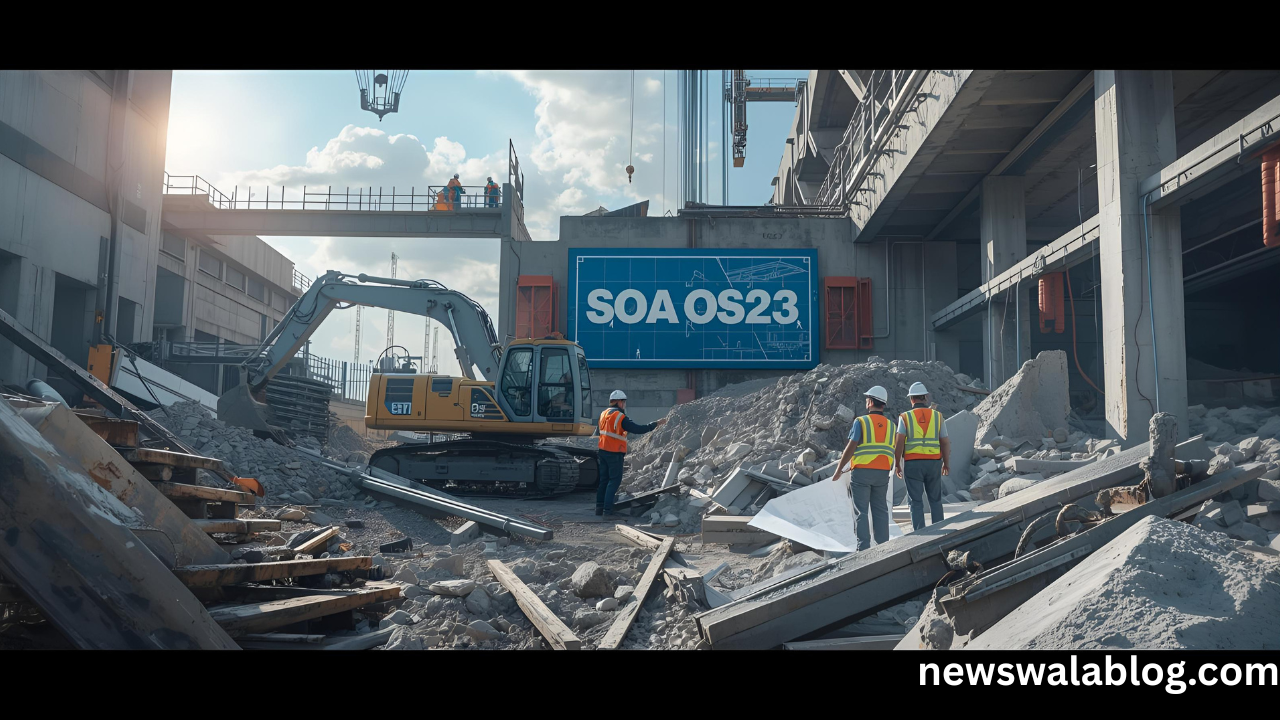
Understanding local qualification categories is essential for any company that wants to bid on public works. The term soa os23 refers to a specific category used in Italian public-contracting certification systems, and knowing what it covers, why it matters, and how to prepare for it can make the difference between winning work and missing opportunities. This guide explains soa os23 in clear, practical language, outlines the main administrative and technical requirements, and offers actionable advice for contractors aiming to compete successfully for demolition and dismantling contracts.
What is soa os23?
At its core, soa os23 identifies a sector of work tied to demolition, dismantling and heavy structural removal. When a public body issues a tender for demolition, renovation that includes dismantling reinforced elements, or removal of industrial installations, the contracting authority will often require firms to have the appropriate qualification category. The phrase soa os23 is therefore shorthand in procurement and compliance documents for that specific scope of activity: it signals to buyers and auditors that a company has declared and demonstrated competence for demolition-type operations.
Why soa os23 matters for contractors
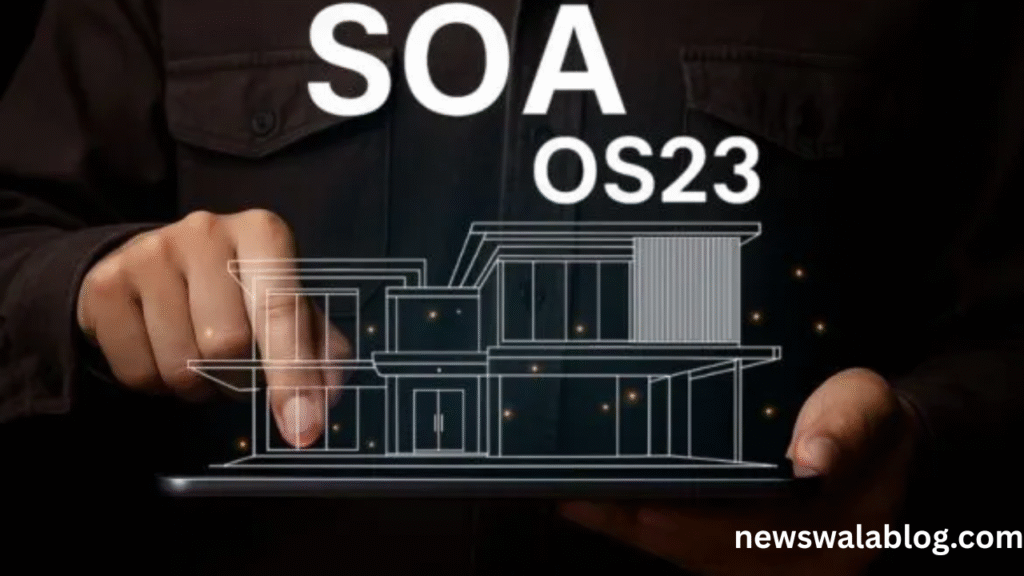
Holding soa os23 is not merely a marketing advantage — it is a gatekeeper. Many public tenders and large private projects list the category as a mandatory requirement, meaning that without it a contractor cannot even submit a bid. Beyond eligibility, possessing soa os23 helps demonstrate technical capacity, safety awareness, and the ability to manage environmental and waste-handling obligations tied to demolition work. For firms that want to diversify into structural renovation, plant decommissioning, or urban redevelopment projects, soa os23 opens doors to higher-value contracts and partnerships.
Scope of works covered by soa os23
The types of activities typically associated with soa os23 include: controlled demolition of buildings and structures, dismantling of industrial plants and machinery, cutting or removal of reinforced concrete elements, site clearance, handling and disposal of demolition debris, and the safe decommissioning of installations that require specialized equipment. Because demolition can involve hazardous materials and complex logistics, soa os23 implicitly points to the need for appropriate safety procedures, certified machinery, trained personnel and documented waste management plans.
Administrative and technical requirements
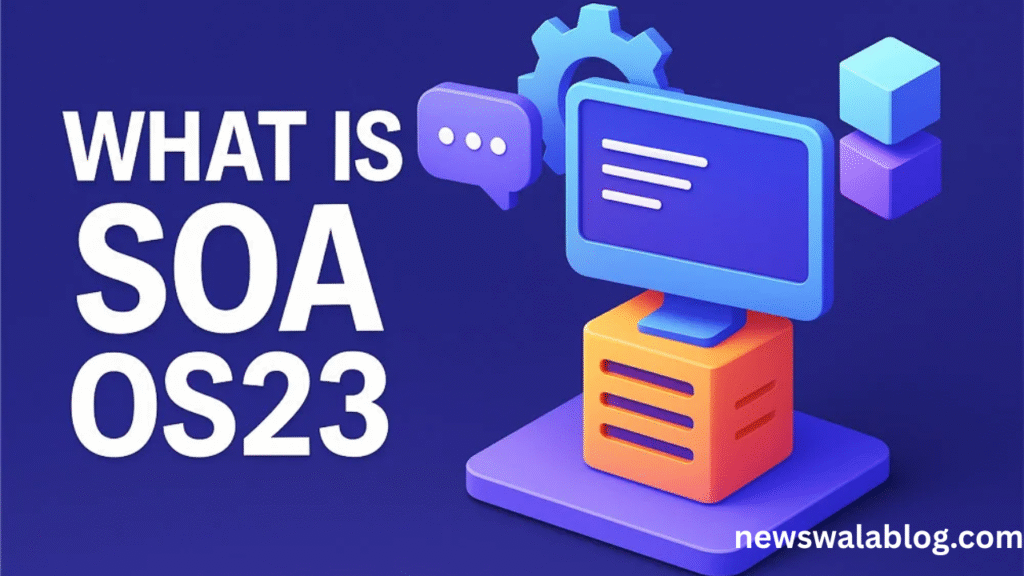
To be awarded soa os23, a company usually needs to demonstrate a combination of administrative solidity, financial capacity, technical know-how and documented experience. Typical elements requested by certification bodies or public buyers include: registration documentation, financial statements, specific insurance coverage, a list of past projects in demolition or related sectors, evidence of specialized equipment, qualifications for key staff (site managers, safety officers), and health & safety management systems. Preparing a clear portfolio of past demolition jobs, with technical descriptions and client references, often strengthens an application for the soa os23 category.
How to prepare a successful application for soa os23
Start with a gap analysis: compare the documentation you already have with the checklists used by certifying bodies. Assemble detailed project sheets for past demolition work that explain scope, challenges, equipment used and environmental controls. Secure up-to-date insurance and worker certifications, and ensure machine maintenance logs and calibration records are available for inspection. If certain technical qualifications are missing, plan short-term training for site managers and health-and-safety personnel before applying. Finally, present your financial documents clearly—public procurement evaluators pay attention to liquidity and solvency as indicators of project continuity.
Common mistakes and how to avoid them
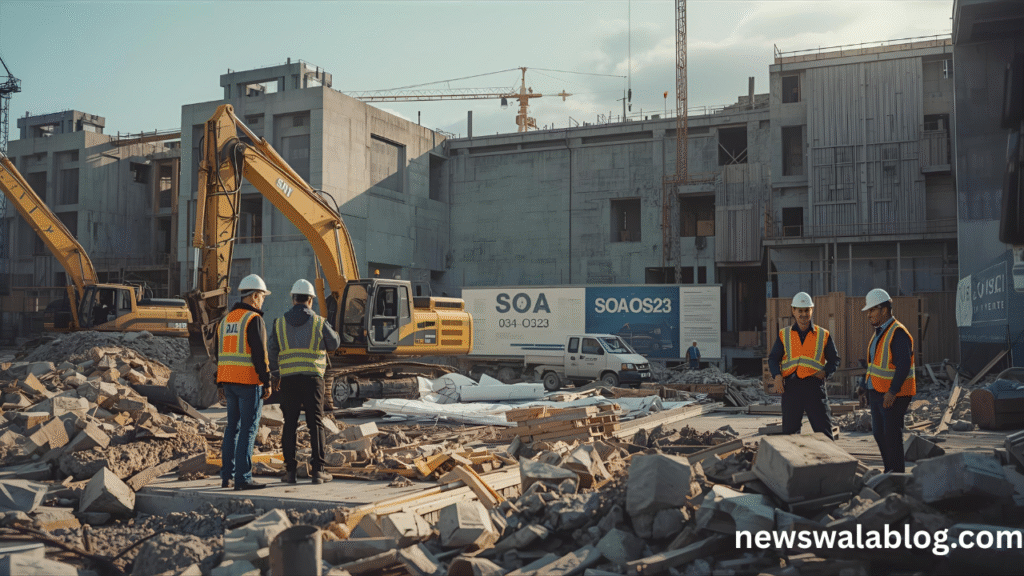
A frequent error is submitting vague project descriptions that fail to prove real demolition experience. Avoid this by including measurable details—tonnage removed, types of material handled, equipment models used, and precise dates. Another common issue is incomplete safety documentation; missing risk assessments or waste disposal permits can disqualify an otherwise competent firm. Keep a single organized dossier that contains all certificates and technical attachments, and use a checklist to verify each tender requirement before submission.
Practical tips for bidding with soa os23
When preparing a bid that requires soa os23, tailor your technical offer to the tender’s specific risks and deliverables. Highlight prior projects that most closely match the tendered scope rather than listing every demolition job indiscriminately. Use photographs, diagrams and method statements to make your capability tangible. Build relationships with specialist subcontractors (as approved partners) for niche services such as asbestos removal or controlled implosion, and clearly set out quality control and environmental mitigation measures in your proposal.
Monitoring compliance after award
Possessing soa os23 comes with ongoing responsibilities. Successful bidders must implement the safety and waste management procedures they promised and maintain thorough records. Regular internal audits, toolbox talks for staff, and up-to-date maintenance records for equipment help demonstrate compliance during inspections. Failing to follow through on documented commitments can lead to penalties or suspension from future tendering lists, so treat compliance as integral to operations, not merely paperwork.
Conclusion
For companies operating in the demolition and structural removal sector, soa os23 is a strategically important qualification. It unlocks access to public tenders, signals technical maturity, and positions firms to take on complex projects that others cannot. By preparing detailed evidence of past work, meeting safety and financial requirements, and avoiding common application pitfalls, contractors can secure soa os23 and leverage it to grow within the public works marketplace.
Frequently Asked Questions
What exactly does soa os23 cover?
soa os23 relates mainly to demolition, dismantling and heavy structural removal tasks, including the safe handling and disposal of debris.
Do small companies need soa os23 to bid on public tenders?
If the tender specifically lists soa os23 as a mandatory category, then yes—without it a company cannot submit a compliant bid.
How long does it take to prepare an application?
Preparation time varies, but expect several weeks for compiling project documentation, updating safety records and securing any missing certifications.
Can subcontractors help if we lack some capabilities?
Yes—partnering with qualified subcontractors is common; however, your main dossier must still demonstrate sufficient technical oversight and coordination capacity.
Will holding soa os23 guarantee contract awards?
No; soa os23 makes you eligible and credible, but contract awards still depend on price, technical proposals, and overall tender evaluation.
read more : Corpenpelloz Explained: Meaning, Uses & Practical Guide
Education
Who Is mariano iduba? Profile, Projects, and Impact
Published
2 weeks agoon
September 27, 2025By
Owner
mariano iduba has emerged in online profiles and community pages as a figure linked to grassroots technology projects, education initiatives, and local capacity building. This article gathers what’s publicly known, organizes it into a clear narrative, and explains why readers, researchers, and community leaders should pay attention. Expect a practical, easy-to-read overview that can be used for blog posts, briefings, or introductions.
Early life and background
Public summaries of mariano iduba’s background vary across sources, but the repeated themes point to someone who began work at the community level and then focused on bridging digital gaps. Accounts describe early involvement in local youth programs, informal training efforts, and a focus on practical, scalable projects rather than theoretical work. These formative experiences appear to have shaped a hands-on approach to problem solving: setting up small learning hubs, teaching basic technical and digital skills, and partnering with local groups to multiply impact.
Core projects and initiatives
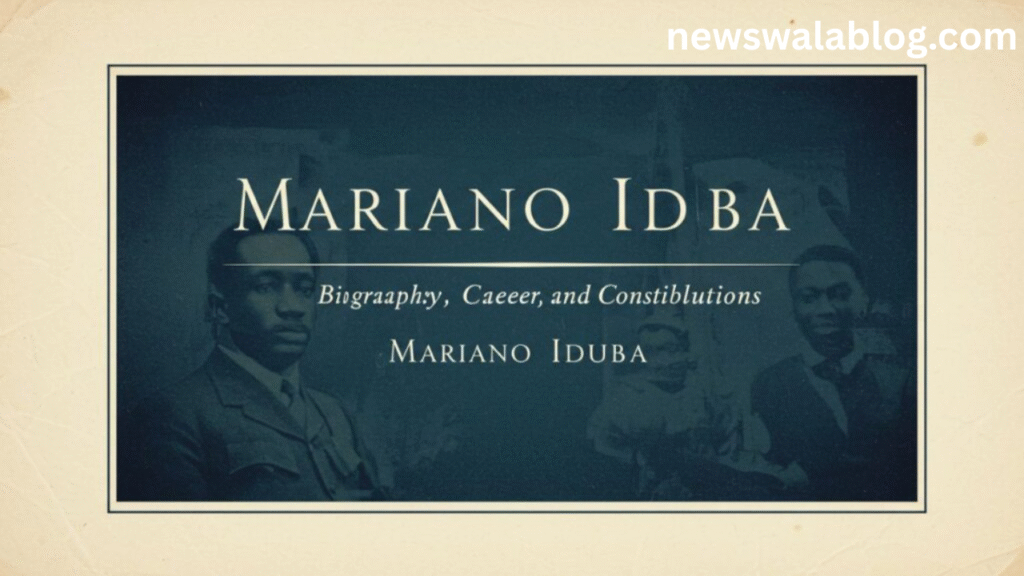
Several profiles highlight a consistent pattern in mariano iduba’s projects: low-cost, high-impact interventions designed to reach underserved populations. Typical initiatives include community learning centers that provide internet access and basic training, short courses on digital literacy and entrepreneurship, and pilot programs that combine solar power or low-cost connectivity solutions with education. While project names and exact locations differ across sources, the strategy is recognizable: practical infrastructure plus local partnerships equals sustained benefit.
Approach and philosophy
What stands out about mariano iduba is a pragmatic, community-first philosophy. Instead of grandiose promises, the emphasis is on measurable, repeatable steps: identify local needs, build a small pilot, document outcomes, and then scale what works. This incremental, evidence-minded style helps projects remain affordable and adaptable. The underlying idea is clear — technology and education should be tools for immediate local improvement, not distant prestige projects.
Measurable impact and recognition

Public pages often report positive outcomes connected to these efforts: young people gaining basic digital skills, increased local access to information, and small enterprises using digital tools to find customers. Precise metrics differ from one write-up to another, so anyone citing impact numbers should check original project reports or official statements. Still, the consistent anecdotal evidence suggests the work attributed to mariano iduba has practical, community-level results rather than being merely symbolic.
Partnerships and collaboration model
A notable feature of the work associated with mariano iduba is collaboration with existing community organizations, small NGOs, and local leaders. This partnership-first model reduces duplication of effort, speeds implementation, and improves long-term maintenance of facilities. Rather than building isolated projects, the focus is on strengthening local networks to ensure tools and training remain useful beyond the initial pilot phase.
Challenges and lessons learned

Every grassroots effort encounters obstacles, and the projects linked to mariano iduba are no exception. Common challenges include limited funding, intermittent connectivity, and the need for culturally appropriate training materials. The recurring lesson, however, is that modest investments in local capacity—training trainers, using low-cost technologies, and prioritizing maintenance—often deliver the best return over time.
Why this work matters now
In a world where digital access increasingly determines economic opportunity, practical initiatives that expand local access and skills are crucial. The types of projects attributed to mariano iduba act as building blocks: they don’t promise instant transformation, but they create the conditions for sustained improvement. For policymakers and funders looking for scalable, community-rooted ideas, this model offers useful, testable approaches.
How to learn more and follow updates
If you want to dig deeper into the work commonly associated with mariano iduba, look for primary sources such as official project pages, social media posts by project partners, or interviews with local collaborators. Reports and photo documentation from partner organizations are often the most reliable way to verify claims and understand on-the-ground impact.
Practical takeaways for practitioners
For anyone inspired by this profile, several practical takeaways emerge: start small and measurable; prioritize local partnerships; choose technologies that are easy to maintain; and document results carefully. These principles are broadly applicable whether you’re planning a community learning hub, designing a short training course, or piloting low-cost connectivity in a remote area.
Conclusion
mariano iduba represents a practical approach to community-centered technology and education projects: modest, measurable, and rooted in partnership. The strength of this model lies in its replicability—small pilots that work can be scaled carefully and sustainably. For readers who care about real-world impact, the lessons embedded in these efforts offer clear guidance for designing projects that actually improve lives.
Frequently Asked Questions
Q: Who is mariano iduba?
A: mariano iduba is described in public profiles as a practitioner focused on community-level technology and education projects, emphasizing practical solutions and local partnerships.
Q: What kinds of projects does mariano iduba work on?
A: Projects commonly attributed to mariano iduba include community learning centers, digital literacy training, and low-cost connectivity pilots designed to reach underserved populations.
Q: Where can I verify claims about mariano iduba’s work?
A: The most reliable verification comes from primary sources—project reports, partner organization pages, and direct communications from those involved in the initiatives.
Q: What is the main impact of mariano iduba’s initiatives?
A: The reported impact focuses on improved digital access, basic skills for youth and entrepreneurs, and strengthened local capacity for ongoing training and support.
Q: How can I replicate the approach used by mariano iduba?
A: Start with a small, measurable pilot; partner with local organizations; use maintainable technology; and document outcomes to inform scaling decisions.
Read more: Pyntekvister: A Practical Guide to Styling Decorative Branches at Home
Education
Eo pis: Complete Guide for Earth-Observation Principal Investigators
Published
2 weeks agoon
September 24, 2025By
Owner
eo pis are central figures in the world of satellite-based research and environmental monitoring. These individuals lead scientific investigations that use earth-observation data to answer pressing questions about climate, land use, oceans, and the atmosphere. In practice, eo pis design study objectives, secure access to satellite imagery or sensor measurements, and coordinate teams that transform raw data into actionable insight for scientists, policymakers, and industry. Whether you are a graduate student exploring a career path or a program manager assembling a mission team, understanding the role and workflow of eo pis will help you navigate grant proposals, data licensing, and collaboration with space agencies and academic institutions.
What are eo pis?
At their core, eo pis are Principal Investigators who specialize in earth-observation science. They act as both the intellectual and operational leads for projects that depend on remote sensing platforms such as satellites, airborne sensors, and unmanned systems. An eo pis crafts hypotheses, outlines methodological approaches for processing large remote sensing datasets, and defines the metrics that measure success. In many organizations, the title also indicates primary responsibility for reporting results, managing budgets, and ensuring compliance with data-sharing agreements and safety protocols.
Roles and responsibilities of eo pis
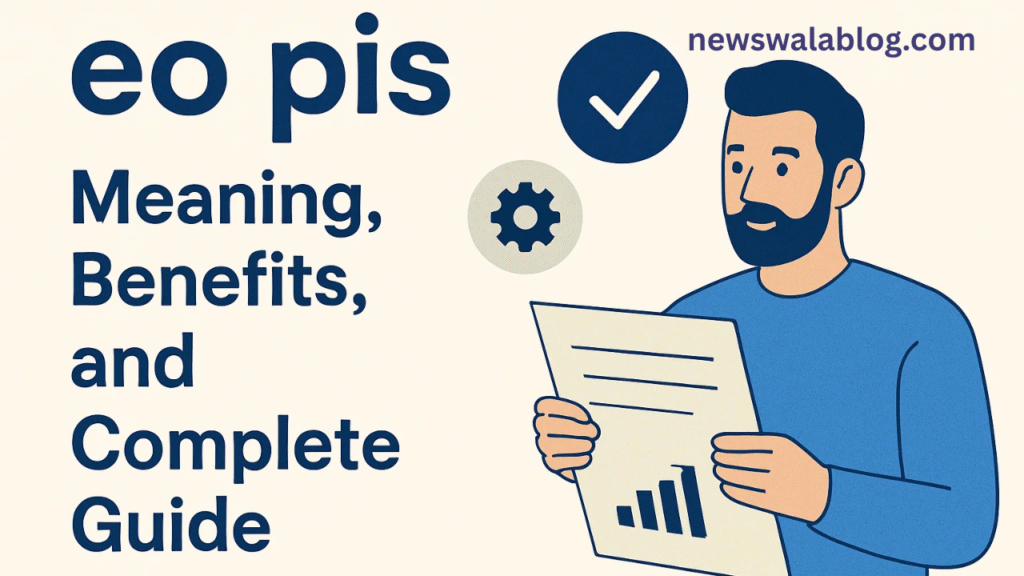
The responsibilities of eo pis span science, management, and outreach. Scientifically, they refine research questions that satellite data can answer, choose appropriate sensors and temporal windows, and set quality standards for the datasets. From a management perspective, eo pis assemble multidisciplinary teams, allocate resources, and often act as the point of contact with funding bodies and mission operators. Outreach and communication are also essential: eo pis translate technical results into policy briefs, public talks, or operational guidance for stakeholders such as conservation groups or emergency responders. Successful eo pis balance technical depth with clear communication skills to ensure their work has real-world impact.
How eo pis work with satellite missions and data
An eo pis establishes the technical and logistical plan for accessing and using satellite data. This includes selecting sensors that match spatial and temporal needs, negotiating data access—sometimes via institutional partnerships or open-data portals—and specifying preprocessing steps like atmospheric correction or geometric alignment. Once the data pipeline is set, eo pis oversee the analytical stage, where machine-readable outputs and visualizations are produced for further interpretation. Coordination with mission teams or space agencies can be crucial when experiments require targeted observations, calibration activities, or validation campaigns on the ground.
Data access, tools, and resources for eo pis

Modern eo pis rely on a robust ecosystem of tools and platforms. Open-source libraries, cloud processing services, and web-based data catalogs make it easier to discover and process large volumes of imagery. Key resources include institutional archives for legacy missions, national and international open-data portals, and community-driven toolkits for time-series analysis, classification, and change detection. An effective eo pis maintains familiarity with both the latest software stacks and the practical limitations of datasets—such as sensor noise, coverage gaps, and licensing restrictions—to design analyses that are both rigorous and reproducible.
Career path and how to become an eo pis
Becoming an eo pis typically involves a combination of formal education, applied research, and collaborative experience. Many start with advanced degrees in remote sensing, geoscience, environmental science, or related fields, followed by postdoctoral projects or staff roles that demonstrate leadership in designing and executing satellite-based studies. Building a portfolio of published research, successful grant applications, and partnerships with data providers strengthens an applicant’s profile. Aspiring eo pis should also develop project management skills and cultivate a network across academic, government, and industry sectors to increase opportunities for leading funded missions or large-scale studies.
Common challenges and best practices for eo pis

eo pis face practical challenges such as balancing ambitious scientific aims with limited budgets, ensuring data quality across heterogeneous sources, and managing interdisciplinary teams. Best practices include drafting clear data management plans, establishing transparent timelines and deliverables, and investing in reproducible workflows that others can inspect and extend. Regular validation exercises—comparing satellite outputs with ground-truth measurements—help maintain credibility, while clear documentation and open sharing where possible accelerate community uptake of findings. Effective eo pis also anticipate regulatory or ethical considerations when research involves sensitive locations or proprietary information.
Measuring impact and communicating results
Measuring the impact of work led by eo pis goes beyond publication counts. Impact can be demonstrated by how research informs policy decisions, supports disaster response, improves operational forecasting, or enables new commercial services. Communicating results in accessible formats—policy briefs, interactive dashboards, and short video explainers—broadens reach and helps non-specialists understand the value of earth-observation science. An eo pis who prioritizes clear storytelling alongside rigorous methods is more likely to secure ongoing support and create sustained partnerships.
Future trends affecting eo pis
The landscape for eo pis continues to evolve with advances in sensor technology, increased data availability, and improved computational resources. Higher-resolution imagery, constellation-based observations, and real-time data streams open new research possibilities while also increasing complexity in data processing and storage. Emerging standards for data interoperability and collaborative platforms make it easier to combine datasets from different missions. Future-focused eo pis will be adaptable, ready to integrate novel data sources, and skilled at orchestrating teams that can deliver timely, policy-relevant insights.
Conclusion
eo pis play a pivotal role in converting remote sensing measurements into scientific knowledge and practical solutions. From setting research priorities and managing data workflows to communicating outcomes and building partnerships, their work bridges technical science and societal application. By understanding the responsibilities, tools, and career pathways associated with the role, new researchers and institutions can better support impactful earth-observation projects. Whether your goal is to become an eo pis or to collaborate with one, recognizing the breadth of this position is the first step toward meaningful contributions in the field.
Frequently Asked Questions
What does an eo pis do day to day?
An eo pis balances research design, data processing oversight, team coordination, and stakeholder communication, often shifting between technical and managerial tasks.
Do eo pis need a PhD?
A PhD is common and helpful for leading complex scientific projects, but experienced professionals with strong technical and managerial skills can also become eo pis.
Where can eo pis find satellite data?
Satellite data can be sourced from open government portals, mission archives, and cloud platforms, as well as through institutional partnerships for restricted datasets.
How do eo pis validate their results?
Validation typically uses ground measurements, cross-comparison with other sensors, and statistical assessments to ensure accuracy and reliability.
What skills make a strong eo pis?
Strong analytical skills, project management, clear communication, and familiarity with remote sensing tools and data workflows are key to success.
Read more:Skinpres t: A Practical Guide to Smart, Effective Skincare
Trending
-

 Celebrity2 months ago
Celebrity2 months agoPeter Kay Weight Loss The Incredible Transformation of Britain’s Beloved Comedian
-

 Entertainment1 month ago
Entertainment1 month agoErazno y La Chokolata The Ultimate Hispanic Comedy Radio Experience
-

 Food & Drink1 month ago
Food & Drink1 month agoDiscover the Authentic Taste of Бишкоти ди Прато Italy’s Most Beloved Almond Biscuits
-

 Entertainment1 month ago
Entertainment1 month agoThe Complete Guide to Crusader Crossword Puzzles
-

 Celebrity2 months ago
Celebrity2 months agoJalen Green Girlfriend Complete Guide to His Dating Life and Relationships
-

 Entertainment1 month ago
Entertainment1 month agoKirby Dedo The Ultimate Guide to Kirby Finger Puppets and King Dede Collectibles
-

 News2 months ago
News2 months agoManchester City 115 Charges Verdict Everything You Need to Know About the Historic Case
-

 Business2 months ago
Business2 months agoUK Printer Security Alerts A Complete Guide to Protecting Your Organization

